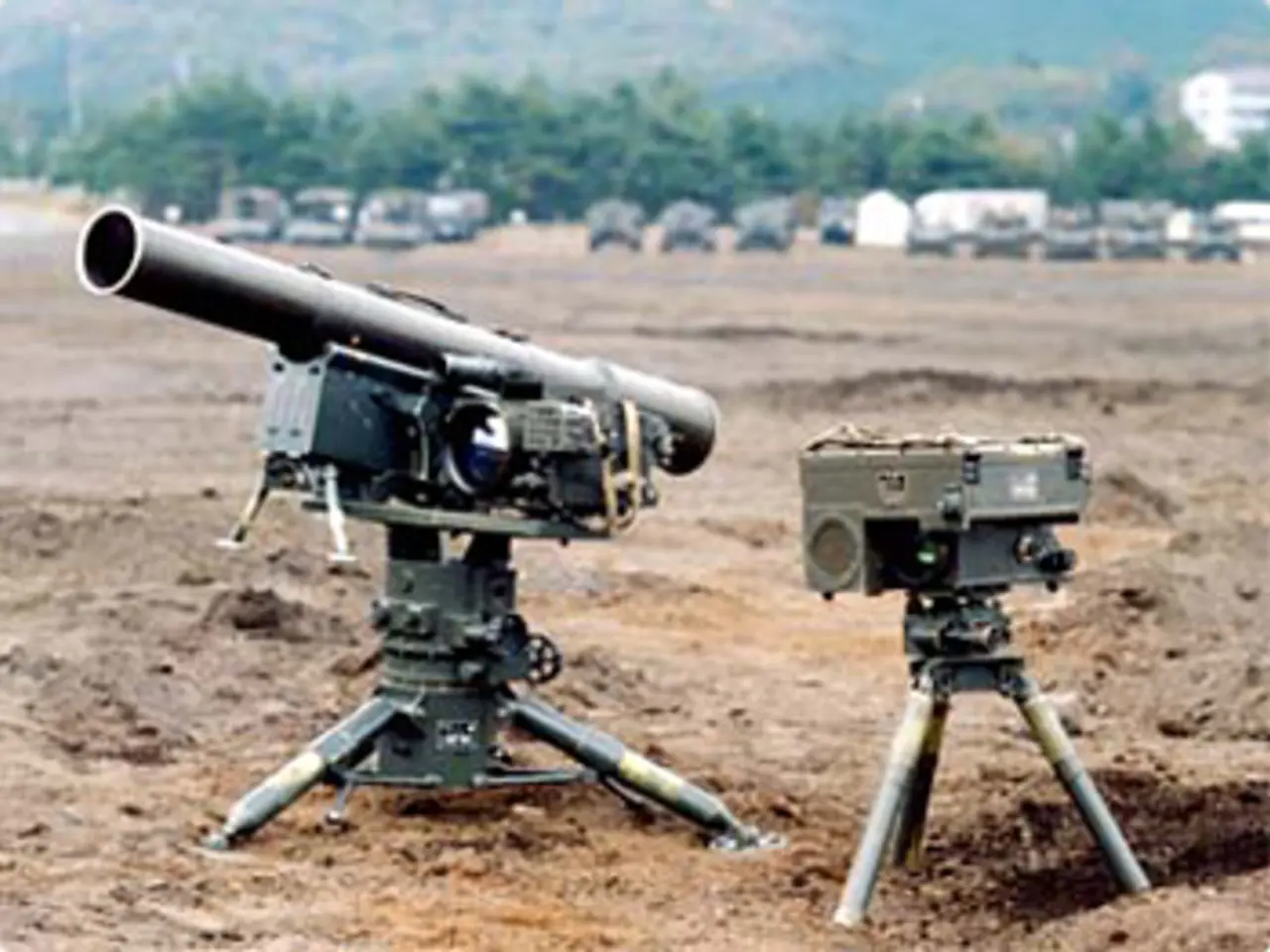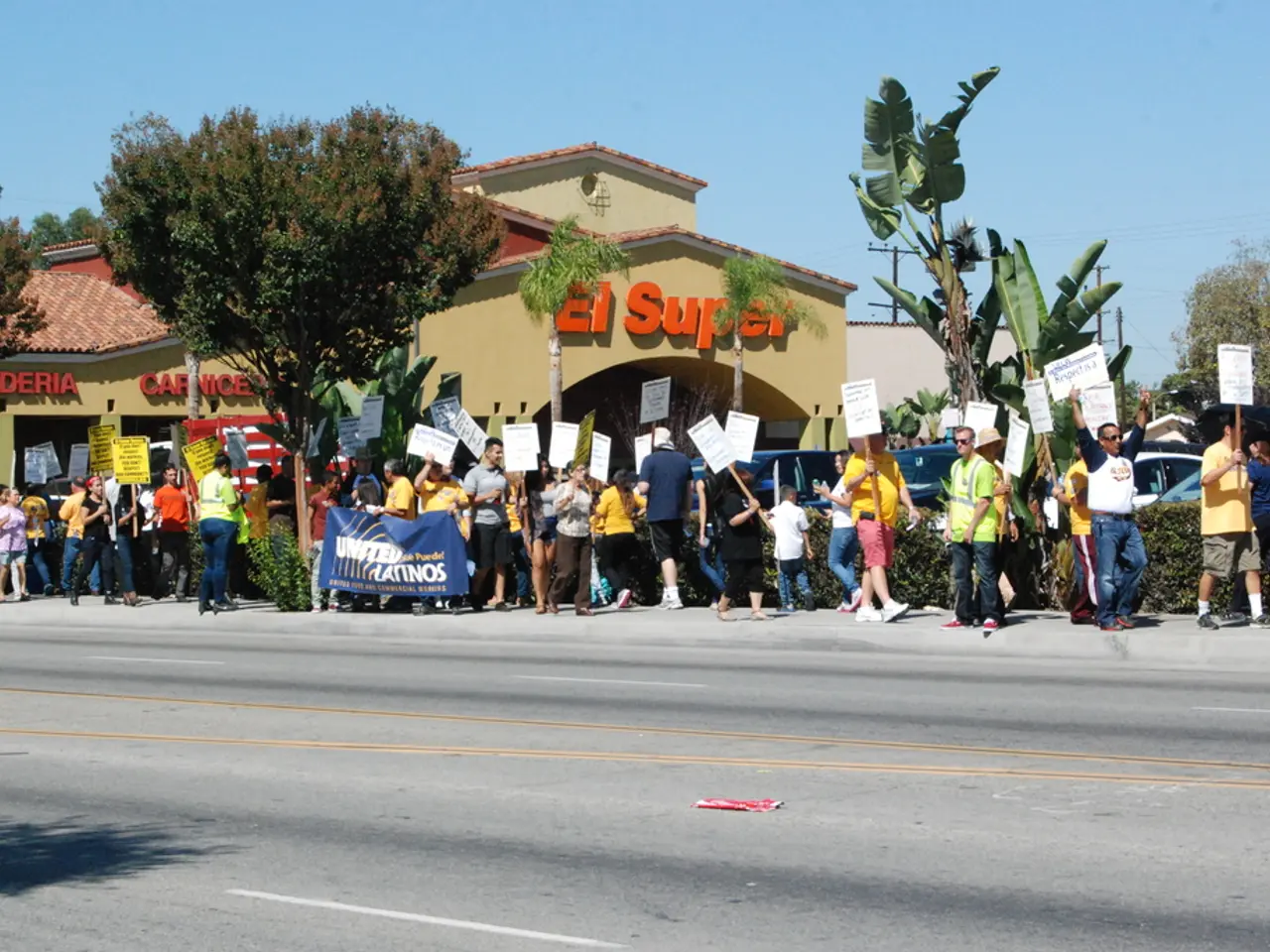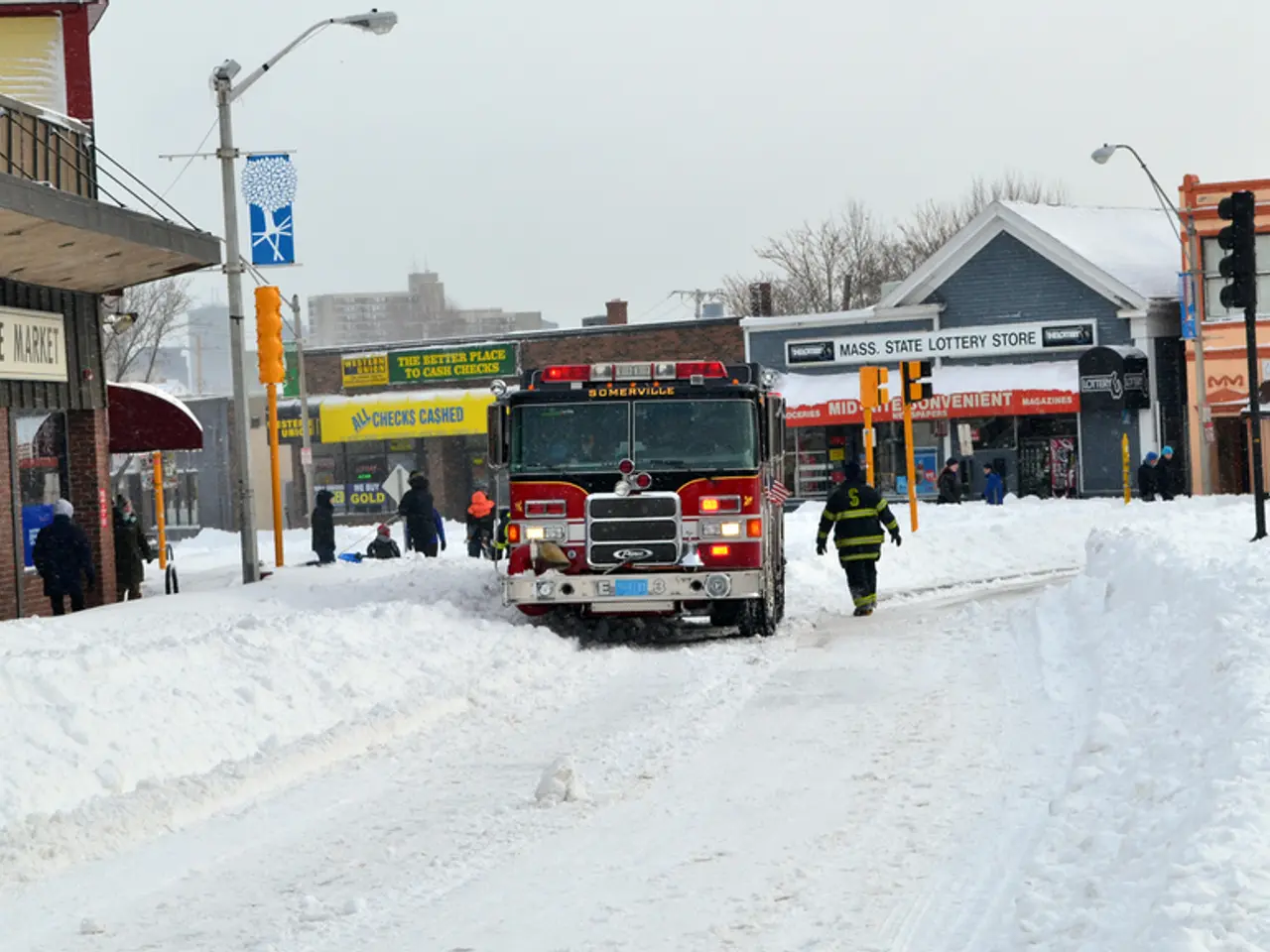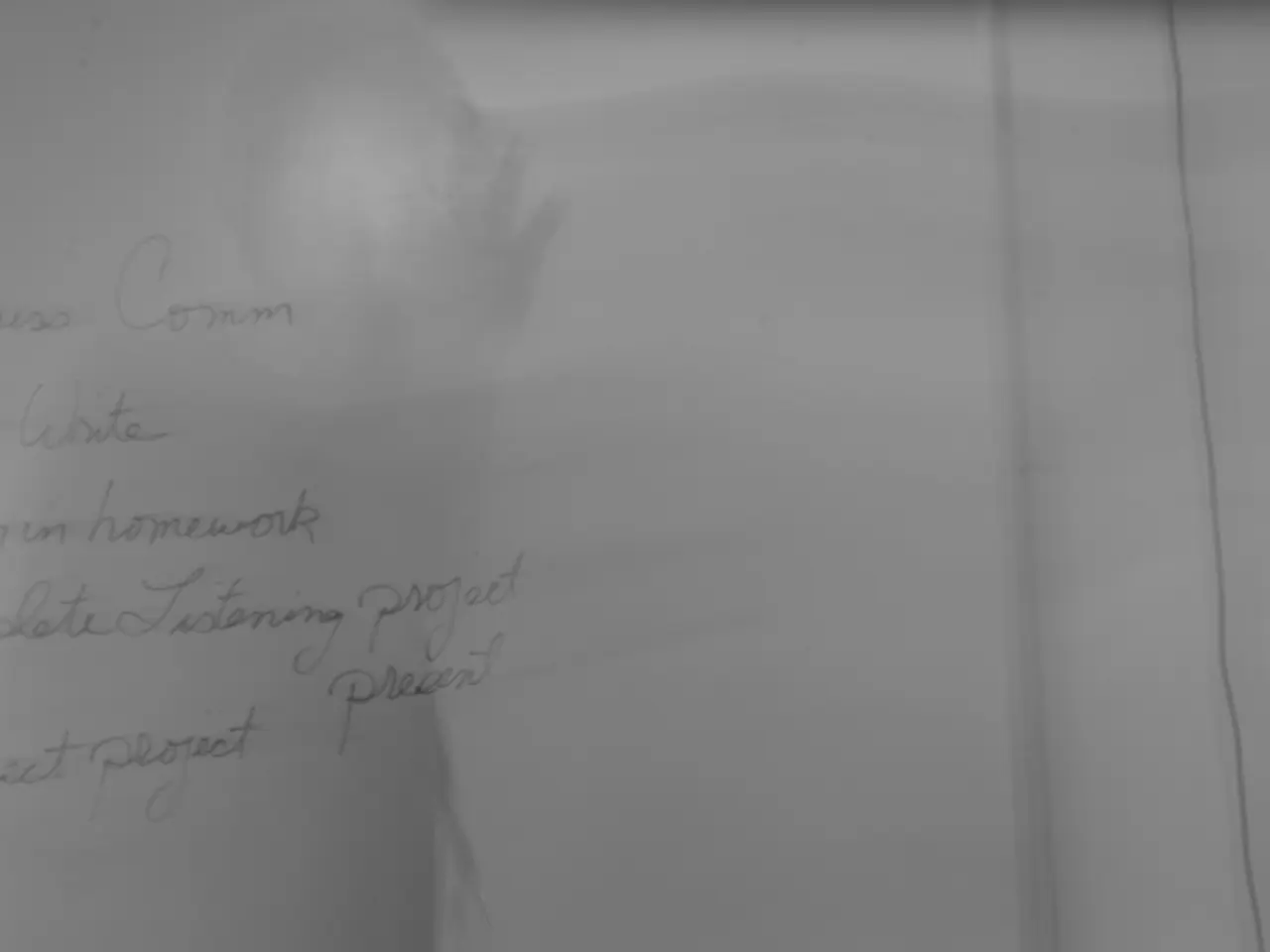U.S. Air Base in Qatar Struck by Iranian Ballistic Missile, According to Pentagon's Disclosure
In the early hours of June 23, Al Udeid Air Base in Qatar, the U.S. military's largest airbase in the Middle East, was attacked by Iranian ballistic missiles. The base, which hosts the forward headquarters of U.S. Central Command and U.S. Air Forces Central, among other crucial operations, remained fully operational after the attack.
According to media reports, Iran had warned Qatar in advance about the impending attack on Al Udeid Air Base. The U.S. had taken steps to mitigate potential damage, moving most planes away from the base and evacuating it during the attack.
The attack involved a salvo of short-range and medium-range ballistic missiles, launched either directly from Iran or its proxy forces. While the US and Qatari Patriot anti-missile systems intercepted most of the missiles, one successfully struck the base. The impact caused minimal but confirmed damage, notably destroying a radome housing critical secure communications equipment valued at around $15 million.
The modernization enterprise terminal (MET), a $15 million communications suite, was housed within the destroyed radome. The MET provides secure communication capabilities including voice, video, and data services, linking service members in the U.S. Central Command area of responsibility with military leaders around the world.
Satellite imagery showed a scorched area where the radome was destroyed and damage to an adjacent building, indicating the missile impact. Despite this, the facility remained fully operational and there were no injuries reported. The interceptors used in the defense had a high financial cost, with close to two dozen Patriot interceptors fired, each costing around $4 million.
The incident publicly revealed some known limitations of the Patriot system against ballistic missile threats in recent years. Prior defensive successes are now contrasted by this missile penetration. This event demonstrates that Iran could strike critical US infrastructure in the region despite layered missile defenses, potentially impacting future deterrence calculations.
President Donald Trump stated that 13 missiles were intercepted during the attack on Al Udeid Air Base, and one missile was "set free" because it was not deemed a threat. Trump added that there were no Americans or Qataris killed or wounded in the attack.
Strategically, the event serves as a reminder of the persistent concern of Iranian missiles for U.S. forces over the years, with Qatar located directly across the Persian Gulf from Iran. The Pentagon has acknowledged that a missile got through and damaged the base on July 11, marking a rare failure of the Patriot system in this incident.
[1] https://www.reuters.com/world/middle-east/iran-attacks-us-air-base-in-qatar-pentagon-official-2021-06-23/ [2] https://www.nytimes.com/2021/06/23/world/middleeast/iran-attack-qatar-al-udeid-air-base.html [3] https://www.cnn.com/2021/06/23/middleeast/iran-missile-attack-qatar-al-udeid-air-base-intl/index.html [4] https://www.washingtonpost.com/world/middle_east/iran-attacks-us-air-base-in-qatar/2021/06/23/a7a5799e-484e-11eb-98c4-42c0b7751a9b_story.html
- The attack on Al Udeid Air Base in Qatar involved missiles launched by Iran or its proxy forces, demonstrating Iran's potential to strike critical US infrastructure in the region.
- Despite the missile attack, the base remained operational, thanks in part to the US and Qatari Patriot anti-missile systems that intercepted most of the missiles.
- In the aftermath of the attack, it was revealed that the modernization enterprise terminal (MET), a crucial secure communication facility, was destroyed, causing over $15 million in damages.
- The space force, air force, and general news media reported on the incident, providing details about the type of missiles used, the significance of the MET, and the number of interceptors fired.
- The incident highlighted potential limitations of the Patriot system against ballistic missile threats, serving as a reminder of the persistent concern of Iranian missiles for US forces in the region.
- The defense against the attack had a high financial cost, with close to two dozen Patriot interceptors fired, each costing around $4 million, in addition to the damage to infrastructure.








